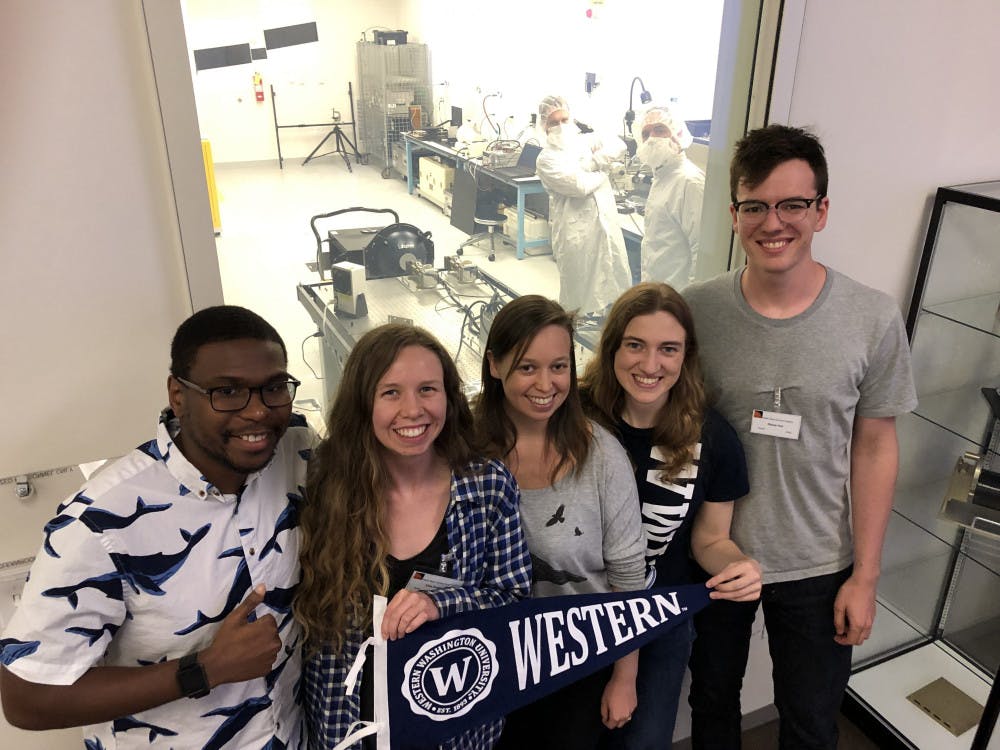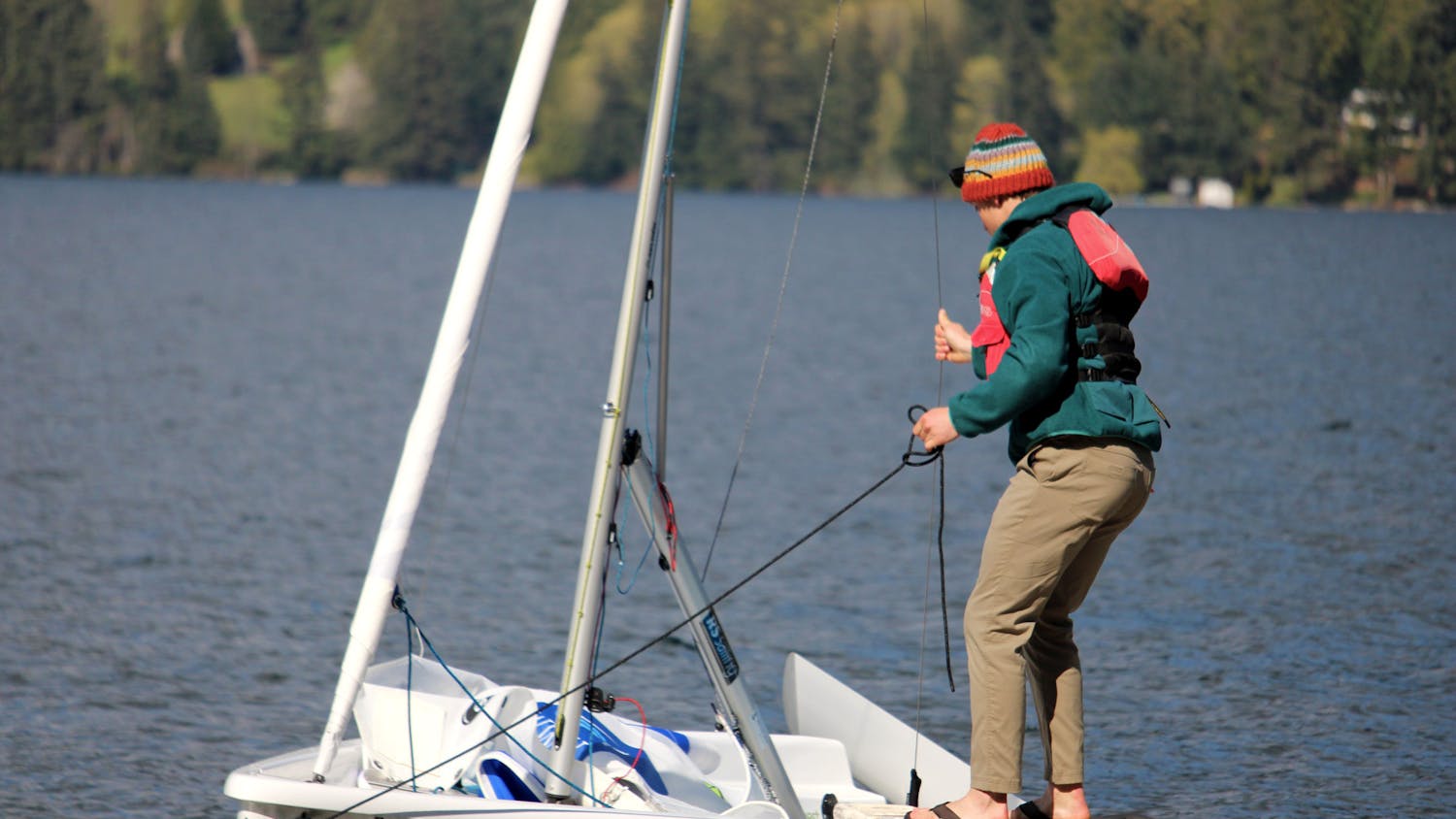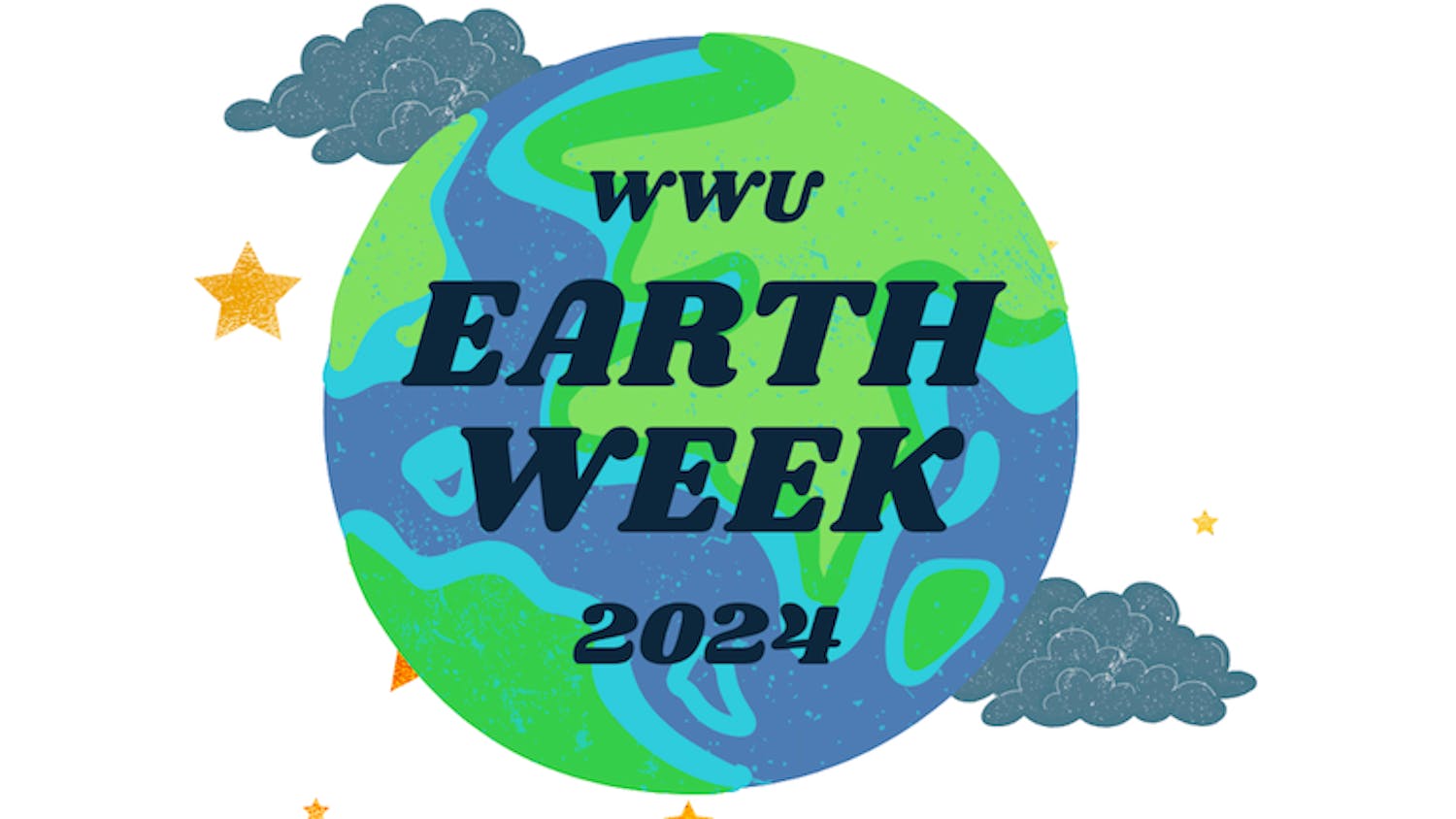Western hosts informative virtual meeting about Mars Perseverance Project

Western Washington University staff and students' fingerprints are now on Mars, following the landing of the Mars Perseverance rover Thursday, Feb. 18.
Western's College of Science and Engineering and Alumni Association hosted a virtual meeting Feb. 12 informing students and staff about the rover's upcoming arrival on Mars.
The Mars Perseverance rover was a mission proposed about 7.5 years ago, and it was a competition with NASA to put instruments on the rover. NASA selected Mastcam-Z as one of the instruments that would go on the rover and it won in the summer of 2014, according to Principle Investigator of the 2020 Perseverance Rover and Arizona State University professor Jim Bell.
The Mastcam-Z is a camera attached to the rover that Western students and staff worked on, said Melissa Rice, Western’s associate professor of planetary science.
"Perseverance is NASA's next rover to Mars," Bell said. "It was designed to be the first part of a Mars sample return mission. So we'll be studying geology, mineralogy and the meteorology of the landing site.”
The rover launched July 30, 2020 and landed Feb. 18, 2021.
Alongside NASA and other universities such as Arizona State University, staff and students could be a part of the hands-on experience of the mission. The "Setting our Sights on Mars" virtual meeting reflected the student experience working with the rover.
Rice said the project is a big mission that includes two parts: the Perseverance rover and the ingenuity helicopter.
"My students and I have been involved with Mastcam-Z, which are the two color cameras that are on top of the rover's head," Rice said. "These cameras are going to be the eyes of the rover, and as the rover drives around, it will look for places to explore."
Jess Mollerup, a Western geology graduate student, said Mastcam-Z also has zoom capabilities.
As a graduate student, Mollerup is part of the student team involved with the hands-on experience with Mastcam-Z.
"We have a whole variety of students who have been involved with various stages of the mission, but we all work on the Mastcam-Z cameras," Mollerup said. "There are students who have gotten to help build the cameras and test the cameras."
As part of the team, Mollerup's job is to help operate the cameras. They said once the camera lands, they will be part of the support team operating the cameras.
"The cameras don't just take photos in visible light; they take photos at multiple different wavelengths outside of the visible light," Mollerup said. "Light is this electromagnetic spectrum. You can have light that is a longer wavelength, like infrared, along with light that has a shorter wavelength, like X-rays."
Western receives funding from NASA to help support students working on both the Curiosity rover and the new Perseverance mission, Rice said. NASA provides grant funding to conduct laboratory studies on rocks to better understand rocks on Mars.
"We have three active research grants that are directly working with NASA," Rice said.
Grants will allow students to utilize access to laboratory work and research.
“I was both excited and terrified for the landing,” Bell said. “It was a dangerous thing, and there were lots of things that could go wrong. A lot of people spent 7.5 years of their career working on this one project.”





